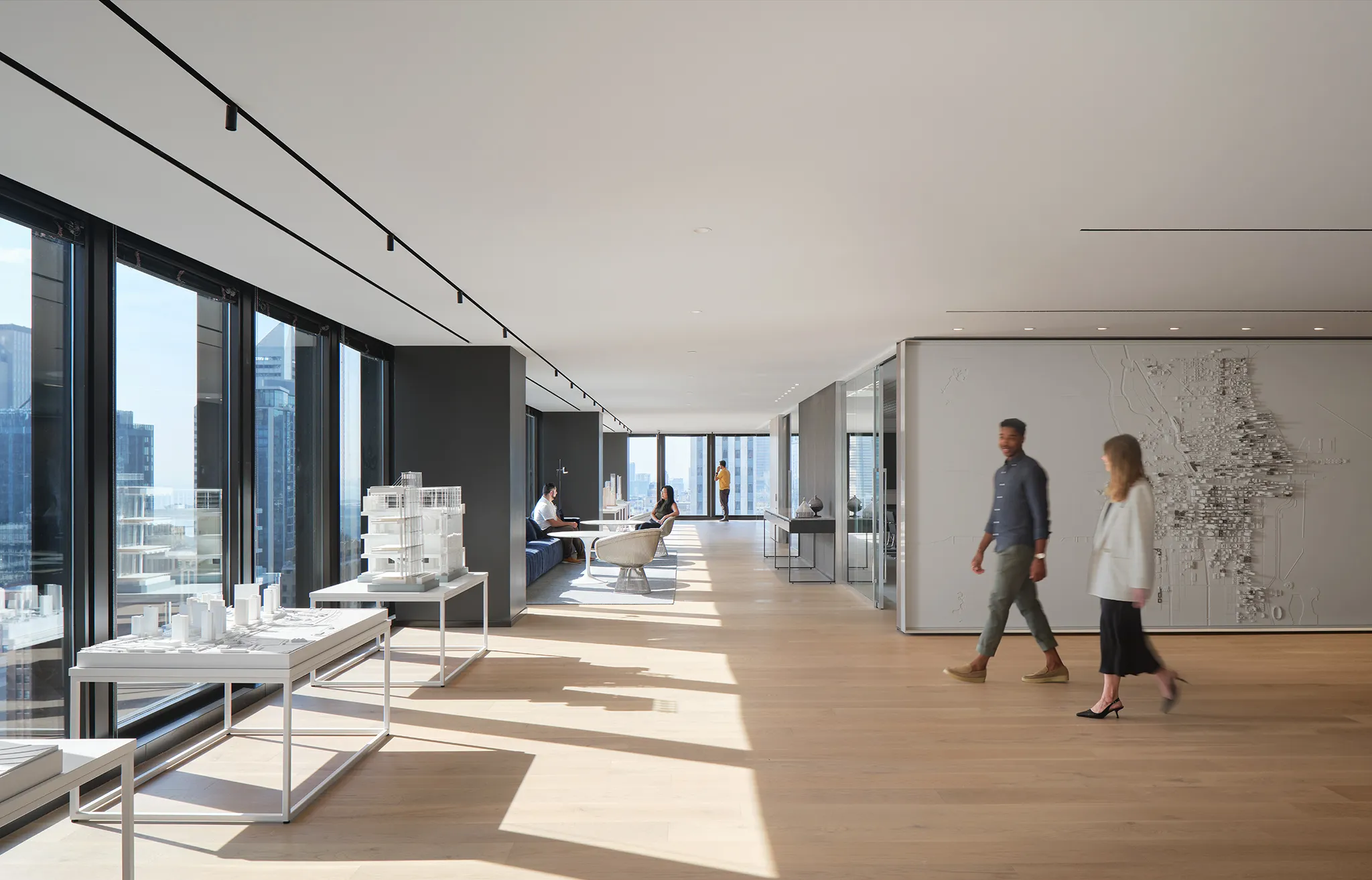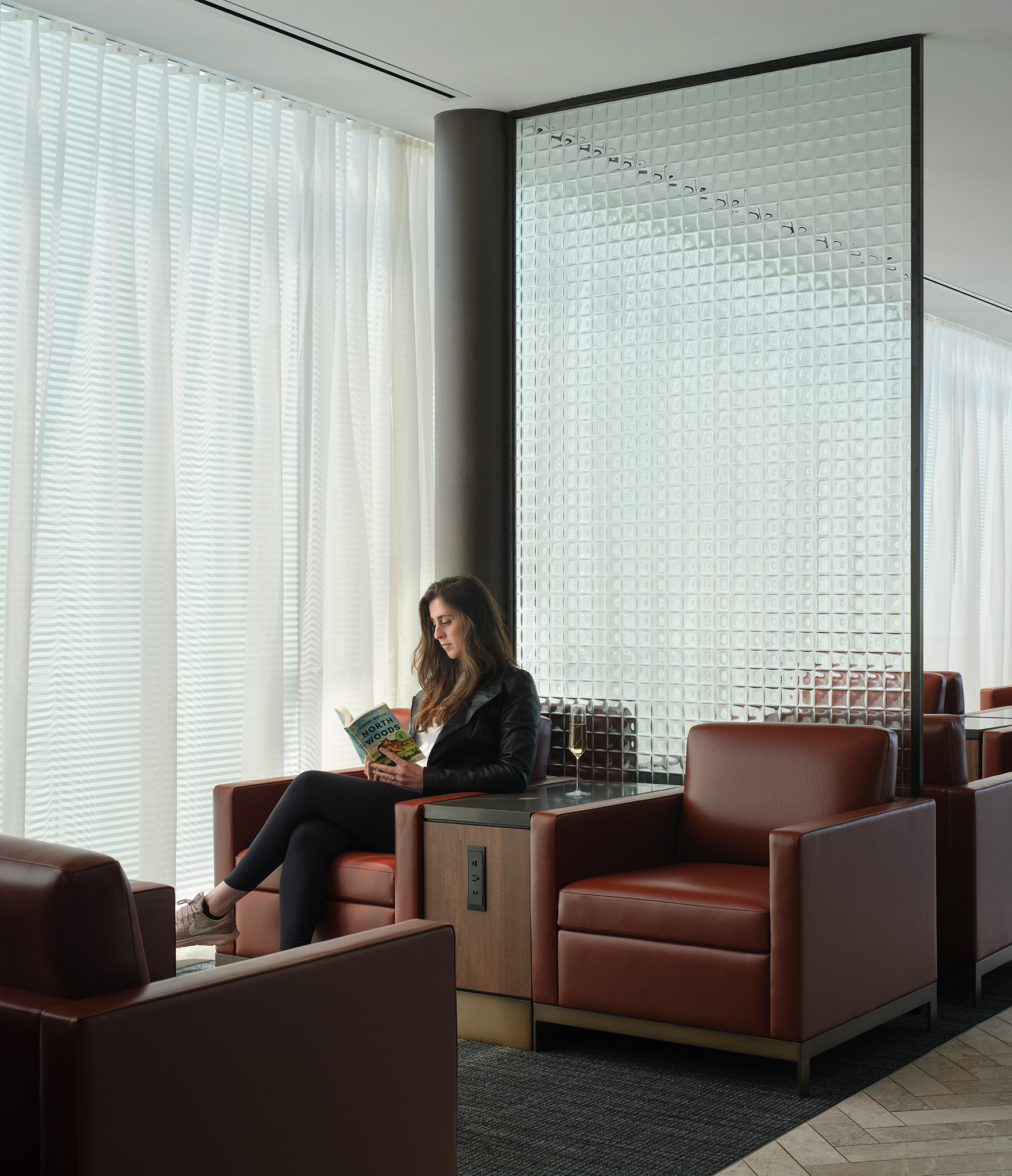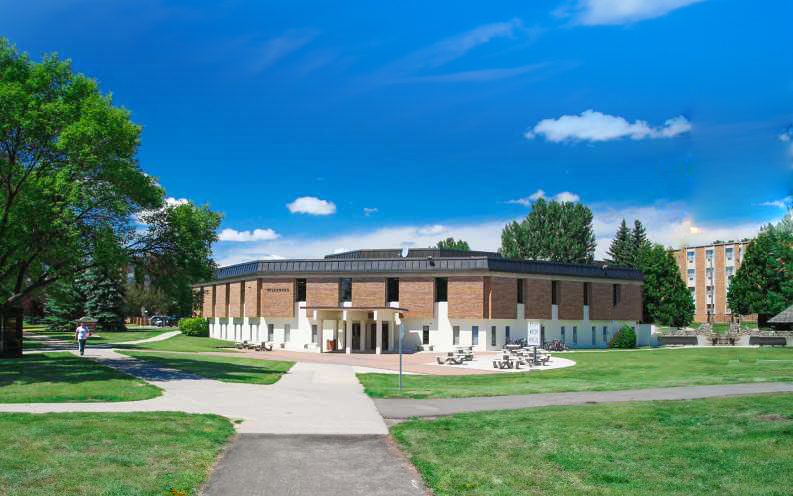Insights
Test Insight

The Prevalence of Triples
Triples are most common at mid- to large-sized institutions, typically those with undergraduate enrollments between 5,000 and 20,000 students. At these campuses, triples can account for 20% or more of the total room inventory, playing a crucial role in meeting the demands for on-campus housing.
Forced Triples
Rooms originally designed for double occupancy that have been converted to accommodate a third student, often in response to an influx of housing demand exceeding campus ability to produce enough new housing.
Designed Triples
Rooms intentionally planned and built to accommodate three students, with appropriate layouts, furnishings, and amenities to support shared living.

Exploring the Impacts of Triples

As one of the country’s leading designers of student housing, SCB set out to examine the impact of triples on students’ experiences and well-being. Specifically, we sought to understand whether there were meaningful differences in outcomes between forced triples and designed triples. Our research draws on a combination of methodologies, including direct conversations with housing directors, insights from campus leadership, reviews of existing literature on student housing trends, and SCB’s experience designing residence halls across a diverse range of campuses.
Findings and Future Considerations
This white paper will explore the nuances of triple occupancy arrangements, focusing on their social impacts, operational challenges, and implications for student success. By distinguishing between forced and designed triples, we aim to provide actionable insights for campuses seeking to balance housing demand with the need to maintain positive student experiences.
Research on residence hall rooms, distinct from bedrooms in suites or apartments, highlights several benefits to student residents in multiple-occupancy settings, even as dynamics and preferences have evolved in the wake of the COVID-19 pandemic. While much of the existing research predates the pandemic, anecdotal evidence suggests shifting attitudes among students as they navigate new norms of communal living. Some of the key anticipated benefits include:
However, not all of these perceived benefits have manifested consistently across institutions, with outcomes varying widely. Their success depends on a variety of factors, including:
These factors highlight the need for a thoughtful approach to implementing triple-occupancy rooms, ensuring that design and programming align with the specific needs of the student population to maximize benefits and minimize potential challenges.
Challenges to Triple-Occupancy Rooms
Mental health and satisfaction with a positive/ enjoyable living arrangement.
Satisfaction in triples is lower than with doubles. Concerns: Sense of privacy, cleanliness, and space management.
Living in triples influences social interactions, behaviors, and perceptions more significantly than doubles or singles.
Peer pressure and alcohol consumption may increase. Risky drug use and sexual behavior were not found in the data we surveyed, but it may also be similarly influenced by peer pressure. Safety perception decreases as a function of more people (including guests of the room’s residents) entering/accessing…
Overall, students prefer1-2 roommates over no roommates, however anecdotally, that appears to be falling post-pandemic.
Equity Considerations
Sharing a room fosters stronger interpersonal bonds and social networks, particularly for first-year students who benefit from immediate proximity to peers. This
environment can ease the often challenging transition from home to Sharing a room fosters stronger interpersonal bonds and social networks, particularly for first-year students who benefit from immediate proximity to peers
Sharing a room fosters stronger interpersonal bonds and social networks, particularly for first-year students who benefit from immediate proximity to peers. This
environment can ease the often challenging transition from home to Sharing a room fosters stronger interpersonal bonds and social networks, particularly for first-year students who benefit from immediate proximity to peers
Sharing a room fosters stronger interpersonal bonds and social networks, particularly for first-year students who benefit from immediate proximity to peers. This
environment can ease the often challenging transition from home to Sharing a room fosters stronger interpersonal bonds and social networks, particularly for first-year students who benefit from immediate proximity to peers
Potential Solutions to Triple-Occupancy
Sharing a room fosters stronger interpersonal bonds and social networks, particularly for first-year students who benefit from immediate proximity to peers. This
environment can ease the often challenging transition from home to Sharing a room fosters stronger interpersonal bonds and social networks, particularly for first-year students who benefit from immediate proximity to peers
Sharing a room fosters stronger interpersonal bonds and social networks, particularly for first-year students who benefit from immediate proximity to peers. This
environment can ease the often challenging transition from home to Sharing a room fosters stronger interpersonal bonds and social networks, particularly for first-year students who benefit from immediate proximity to peers
Sharing a room fosters stronger interpersonal bonds and social networks, particularly for first-year students who benefit from immediate proximity to peers. This
environment can ease the often challenging transition from home to Sharing a room fosters stronger interpersonal bonds and social networks, particularly for first-year students who benefit from immediate proximity to peers
Strategies
Sunt, sunt, sapid minciendis volecte esequi debit, optatissit velenda imagnate nis dolupta eptate corro qui quod quiasi cum doluptatus. Il il et a cum rem. Militae eic te net quam, sendus quiaern atetur animodis.
Avoid converting doubles into triples where possible; and avoid converting lounges into resident rooms that reduce the number of amenity spaces for students. Future resident halls that include triple-occupancy rooms should be designed with issues of security, social well-being, and privacy noted herein.
Provide additional secure storage for students in triple occupancy rooms.


